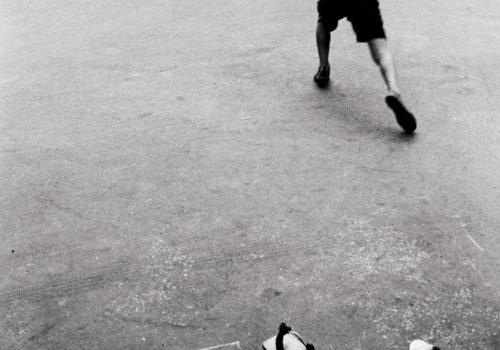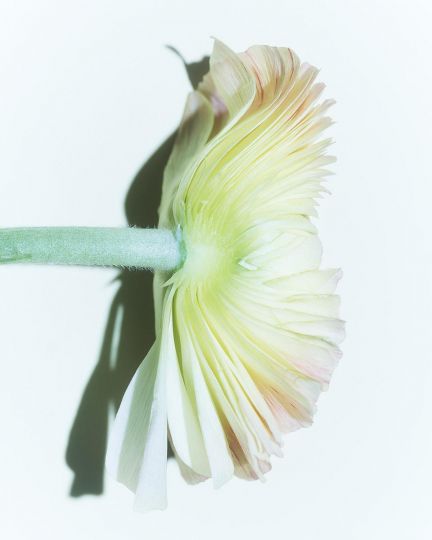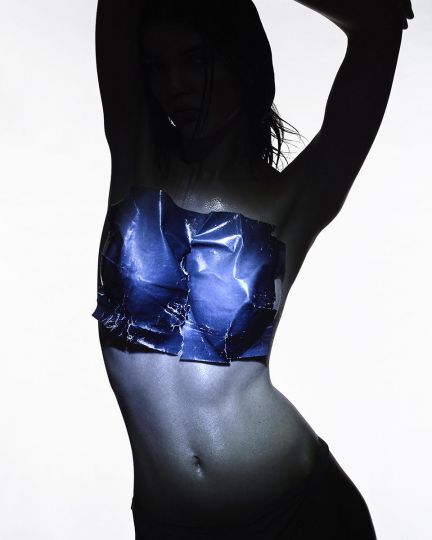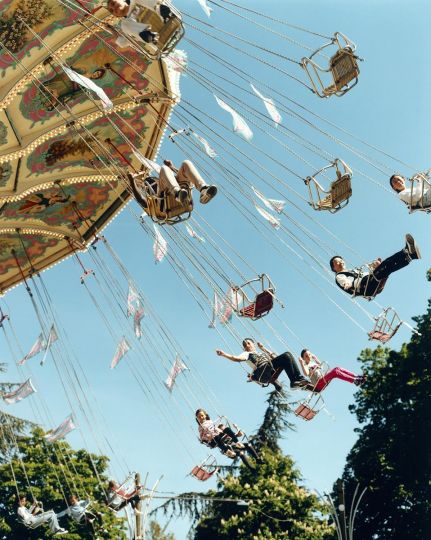Ishimoto and the Japanese photographic scene of the 1950s – By Diane Dufour
At the beginning of the 1950s, the strangeness of Ishimoto’s images, devoid of journalistic aim, collided head-on with social realism, the dominant mode of post-war Japanese photography. The shock produced by Ishimoto’s images on his contemporaries is perceptible in this testimony from Ikko Tanaka (artistic director of Approach magazine): “Who could have forgotten the considerable impact that Ishimoto’s photographs of Katsura had on us in the 1950s? This work was very widely debated at the time… Of course, we were fascinated above all by the rediscovery of the beauty of this ancestral Japan… but also amazed by his remarkable sense of composition… an intellectual and austere modernism which greatly inspired us… Its stone paths evoked sculptures by Brancusi. Through the quintessentially concrete medium of photography, Ishimoto cast a radically new perspective on the world. »
Twenty years later, at the initiative of John Szarkowski, the New Japanese Photography exhibition, at the Museum of Modern Art (MoMA) in New York in 1974, offered for the first time outside the Japanese archipelago, a panorama of the Japanese photographic creation. In the introductory text of the catalogue, the curator and critic Shoji Yamagishi introduces the new generation of photographers (Tomatsu, Kawada, Hosoe, Fukase, Ishimura, Tsushida, Moriyama, Ohara…) and concluded with these words: “What characterized for a great part modernity in photography was transmitted to us in the post-war period by Ishimoto, who imported it from the United States on his return to Japan. Although it would have been possible to understand the philosophy and techniques from someone else, I can affirm that, without Ishimoto, contemporary Japanese photography would not be what it is. » Ishimoto appears here as a link that separates while connecting the immediate post-war generation and the generations of VIVO and Provoke which emerged at the end of the 1950s and 1960s.
By Diane Dufour. Excerpts from « Ishimoto ou l’art du ma » from the book Yasuhiro Ishimoto. Des lignes et des corps.
Yasuhiro Ishimoto – Des Lignes et des Corps
Until November 17, 2024
LE BAL
6 impasse de la Défense
75018 Paris
www.le-bal.fr
















